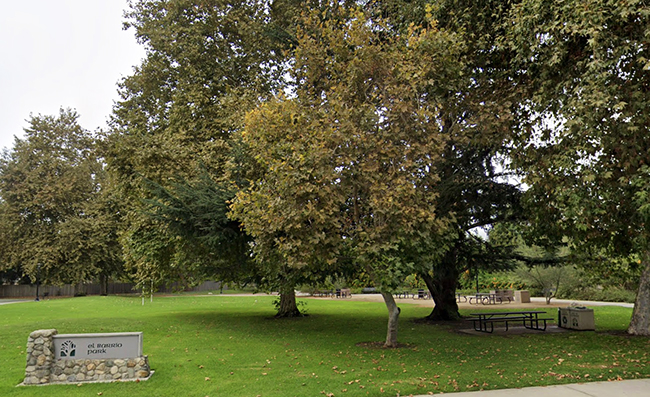Viewpoint: My moment with Stokowski
by Janice Hoffman
Many moons ago I spent a few hours in the presence of greatness. My participation was insignificant, and yet, here I am writing to you today because of those moments. The first person older narrator, remembers her youth, and therefore alternates between present and past tense.
Five pounds sterling per hour was better than five pounds sterling per concert, what I was usually paid as a member of the London Symphony Orchestra Chorus, so it was a good gig and I happily showed up at a recording studio for a half-day’s work. We were recording what was to be one of Stokowski’s final vinyls: Mahler’s Symphony No. 2, also known as the “Resurrection” Symphony. I thought I had the world on a string. What did I care to know about resurrection, but as it turns out, the multi-layers of this noun-turned-adjective, still muses me.
Back in those days, when all serious classical music was being distributed on LPs, one could imagine nothing else, when recording an oversized 19th century symphonic work meant crowding as many people as would fit in a studio, not the one-thousand musicians Mahler conducted at the premier in 1895, but enough to qualify for sardine status, chair touching chair, cheek to cheek, enough to be exchanging oxygen for carbon dioxide at a withering pace, enough to expose those whose Gillette Right Guard had failed them. In those old days, you started at the beginning of a composition and didn’t stop until you were finished. In the case of the Mahler 2nd, that was more than an hour and a quarter after the downbeat. Yes, geniuses overdo things, and this grandiose, rule-breaking, boundary-stretching composer had added a fifth movement to the formulaic four.
The music is as exhausting as it is beautiful. Twice there is a portion called the Death Shriek. This passage is both worthy of musical-moments-in-history status as well as one that inspires caricatures of conductors, flailing long hair and tuxedo tails, arms akimbo, out of control, drool and spittle.
All that is quite exciting. However, I am a fresh-air-deprived soprano in her mid-twenties, and the middle movements meander. The second movement (“a remembrance of happier times”), the third movement (“a view of life as meaningless activity”), then we are at the fourth movement (“a wish for release from life without meaning”) and still not my turn, which will begin the fifth movement.
I am wilting, and I can’t imagine the condition of the 92-year-old Stokowsk. At the beginning of the session, he had entered the recording studio with an aide on both arms, a high-stepping troika carefully negotiating the labyrinth of electronic flotsam proliferating in studios in the 1970s. The three paused by the podium before ergonomically perfect choreography, turning just so and then that way, and without an obvious boost, he was on the podium facing us, a younger soul, music and spirit ready to be shared. The moment the music began, he became super-human, taking command of the orchestra. Now, however, it was over a sweat-soaked hour later. How was he going to pull together this huge choir, well-trained, but now mute and motionless for so long? And we were supposed to begin our opening ppp, triple pianissimo, lending verisimilitude to “a fervent hope for everlasting, transcendent renewal.” Resurrection, indeed, more like frustration release. But I had forgotten that Stokowski had been the model for the opening of the original 1940 milestone movie “Fantasia,” where animated mimicry made music come alive in a way never before imagined. He was the silhouetted conductor who stood erect, without baton, holding both arms palms up, outstretched to the sides, beckoning life and breath and sound. As conductors do, the Mahler 2nd had Stokowski bent nearly prone over the orchestra, paying homage, bowing, arms alternating between the strokes of an Olympic swimmer and a painter of a vast canvas, stirring, swirling, yet calculated, disciplined movements emanating from the armpits. As he was conducting the final phrases of the fourth movement, his gaze began to steadily rise above the heads of the orchestral musicians to where we singers were perched, numb, crowded. I was at his ten o’clock. He caught my eye. He looked at us intently as he slowly straightened his spine far beyond what should have been possible for anyone in their nineties. Enlivened by his strength, his hyper-awareness, our torsos stretched inches out of our lumbars. He lifted his chest. We grew taller. He relaxed his jowls. We opened our throats. He held our gaze. We became keenly alert. He opened his palms. We opened our hearts. He raised his arms and we breathed as one, lifting our soft palates to create the rounded sound one needs to perfectly intone “aaahhhh” in tune, becoming the angels welcoming you to paradise, 120 strong voices, each trained to project, now singing so softly as to be barely audible, raising the hairs on the arms of anyone leaning forward to hear: “Auferstehen,” arise again.
I sat stock still and silent for over an hour before my insignificant contribution in the fifth movement, singing only a few minutes of choral music. Those moments, however, remain emblazoned on my memory, and I’m grateful for an excuse to commit them to my cloud. I will engage all the senses. I will sometimes use short sentences to increase drama and eventually see myself as if I were participating in an iconic movie moment.








0 Comments